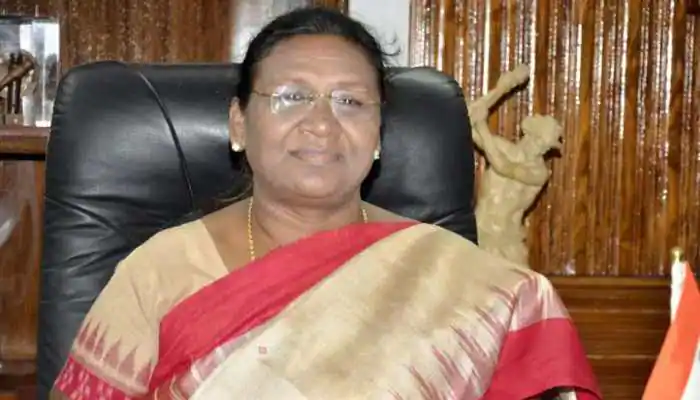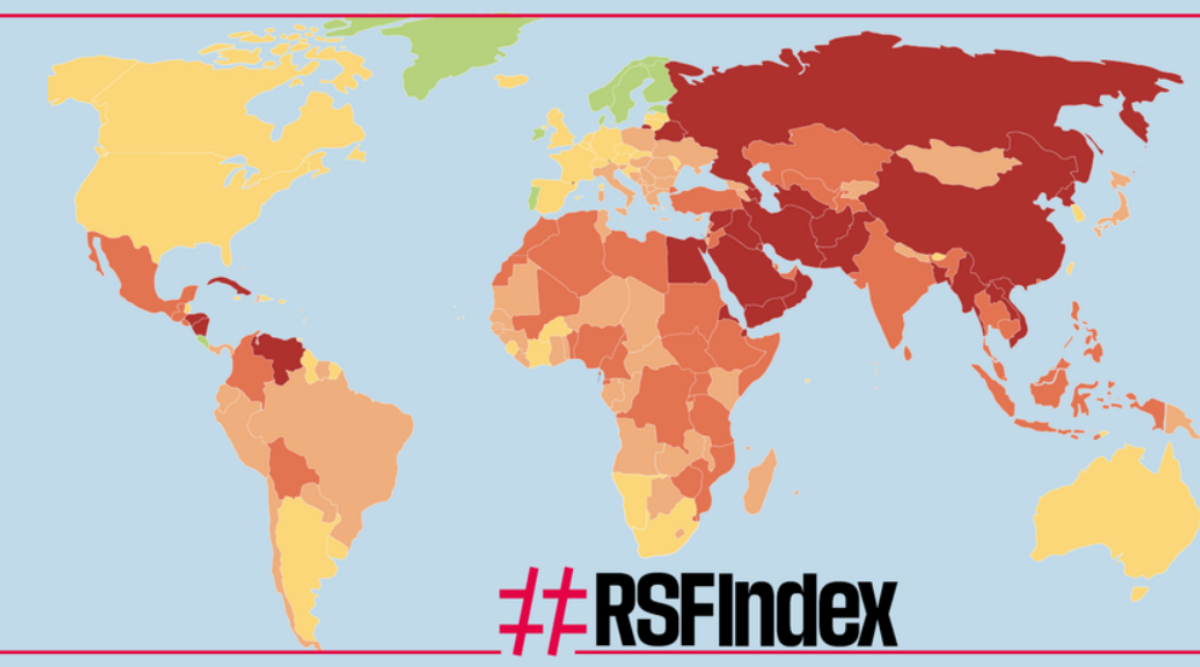Reyaz Ahmed
In Kashmir, the water mills or ‘Gratas’ in local parlance are still the major source of livelihood for hundreds of people in rural areas despite the significant advancement in technology which has almost replaced age old inventions and discoveries to cater the day to day needs of people.
Housed under mud walled and thatched roofed hutments and sheds over water canals and streamlets are these ‘Gratas’ primitive flour grinding mills with inside a huge carved round stone moved by pressure of gushing waters round the clock to grind maize and rice to flour.
Jogging past memories of rural life in Kashmir, these ancient water mills are still noticeable although most of them were destroyed on October 8, 2005 earthquake that rattled Kashmir crumbling down all structures across the border.
Among hundreds of people running these water mills, Abdul Aziz an elderly man with a straggly long beard speaks about various proportions of these water mills.
Haji Abdul Aziz of Fathegrah Narwave, 68, while talking to The Legitimate says, “It has been almost 50 years I have been grinding maize and rice in this Grata- watermill to sustain my living.”
He feels proud to serve his people by grinding maze, corn and wheat for them as most of the people in these areas live below poverty line.
Aziz while describing the benefits of these water-mills says, “The ‘Atta’ (flour) grinded in these ‘Chekeis’ (flour- mills) is a table diet. Though machine made flour is available on the shops and food-depots but people here prefer Maki Atta (corn flour) because it is tasty and cheap while machine made flour is very expensive.”
Asked how they charge their customers, Haji Aziz flashes a simile and replies that there has been a general thumb rule set by their ancestors, “for eight Kg of maze, rice and wheat we take one Kg of flour,” says he.
“These mills are running round the clock and it can grind 8-9 Kg of corn in 16 hours and it has to be shut down for overhaul and repair of parts, “informs Aziz.
Lamenting on government’s apathy towards these flour mills another Grata runner Abdul Ahad says that government has ignored them despite that grinding flour in these Gratas has been decades old practice.
“These Gratas are our rich cultural heritage and we are supposed to preserve them but the young generation is hesitant to run these mills as things have changed with the passage of time,” boasted Ahad.
Pointing towards the internal structure of the water mill, Ahad explains how the mills operate and what is mechanism involved in it.
He said that these mills were improved from time to time; the huge and heavy stone block ‘saddle-stone’ is carved round and placed over another stone in bottom with a rim round and lip or spout at one side to bring out the flour at fixed spot.
He says the waters pushed through the little canal move the stones fixed with a vertical fan shaped wheel that keeps it rotating. And a wooden funnel shaped grain try is anchored over the stones with a lever on them that the moving stones slightly batter the funnel to drop out the grains out.
Like Ahad and Aziz, there are hundreds of families in Kashmir Valley that are completely depending on these water mills to earn their livelihood
The water mill runners suggest that with the electricity crisis, these water mills could turn into mini-hydro electric power projects to provide electricity to these rural pockets so that the natural resources can be utilized at ground level. Thus it is high time for government to concentrate so that people living in these far-flung areas will get the basic amenities like electricity which they have been longing so for.
The story first appeared in print edition of June 1, 2016











